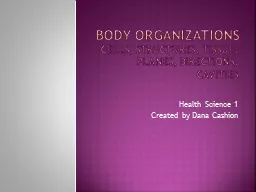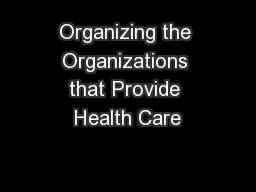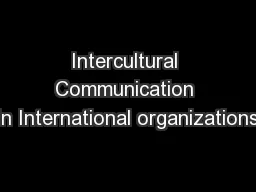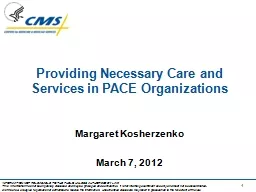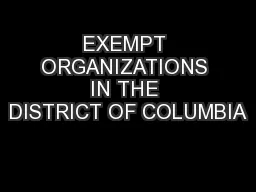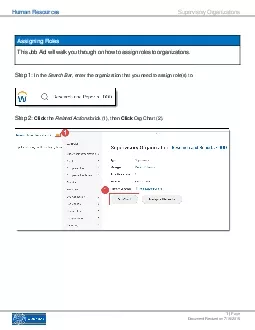PPT-Body Organizations
Author : cheryl-pisano | Published Date : 2018-01-03
Cells structures tissue planes directions cavities Health Science 1 Created by Dana Cashion 71 Basic Structure of the Human Body The normal function of the human
Presentation Embed Code
Download Presentation
Download Presentation The PPT/PDF document "Body Organizations" is the property of its rightful owner. Permission is granted to download and print the materials on this website for personal, non-commercial use only, and to display it on your personal computer provided you do not modify the materials and that you retain all copyright notices contained in the materials. By downloading content from our website, you accept the terms of this agreement.
Body Organizations: Transcript
Download Rules Of Document
"Body Organizations"The content belongs to its owner. You may download and print it for personal use, without modification, and keep all copyright notices. By downloading, you agree to these terms.
Related Documents

